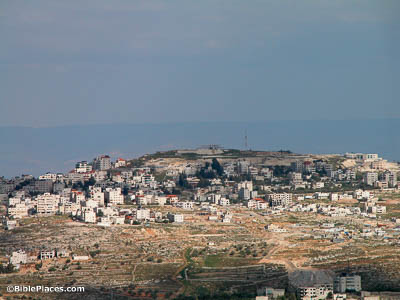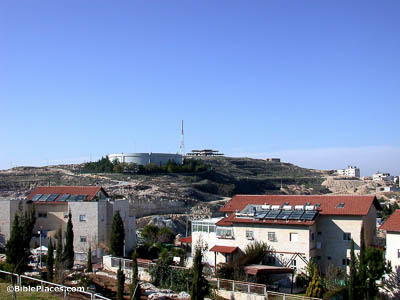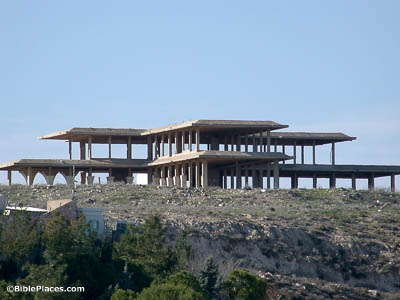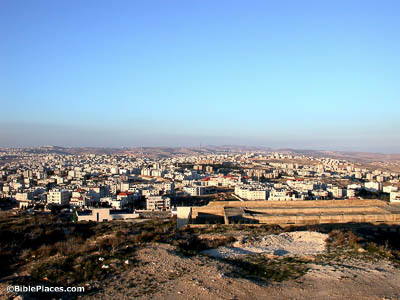Gibeah

Identifying Gibeah
Gibeah's Strategic Significance


King Hussein’s Palace
Excavations


Download all of our Samaria and the Center photos!
$ 39.00 $ 49.99 FREE SHIPPING
Related Websites
Gibeah (Bible Hub) A complete list of biblical references to Gibeah, along with entries from several dictionaries about the location.
Gibeah (Exploring Bible Lands) Includes a short introduction to the site; but especially notable for a close photo of the unfinished palace of King Hussein.
Gibeah in the Bible (Divine Narratives) This text-only article includes sections on archaeology and geography.
Gibeah of Saul (Ferrell Jenkins) Particularly notable for several unique photos around the tell.
Gibeah of Benjamin (Tel el Ful) (Jewish Press) Includes several photos of the unfinished palace, along with summary information and a floor plan of Saul’s palace by Albright.
Gibeah (Twitter/X) This 1931 image provides a rare aerial view of King Saul’s palace. (See original post here.)
Gibeah (Photoshelter) A 1966 photograph showing the glacis wall of King Saul’s palace.
Don’t Miss This Treasure: Gibeah of Benjamin (Tell El Ful) (Israel 365 News) This tourist article strongly recommends visiting the site today; there are a few modern photos of the abandoned palace, along with a photo of Albright’s palace blueprint for Saul’s palace.
Gibeah—Displaying the Integrity of God Where It Isn’t (Wayne Stiles) As is his habit, Stiles provides a good devotional grounded in the geography and biblical history.